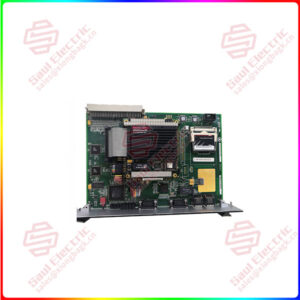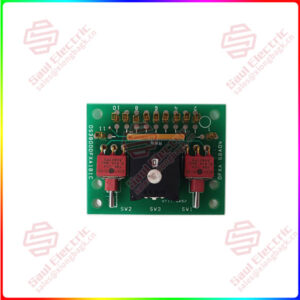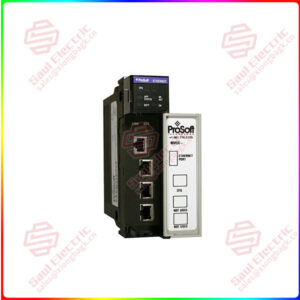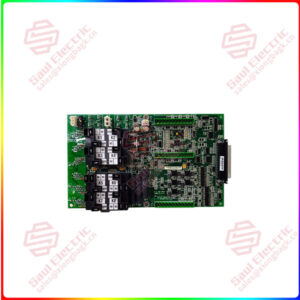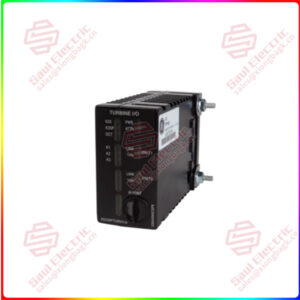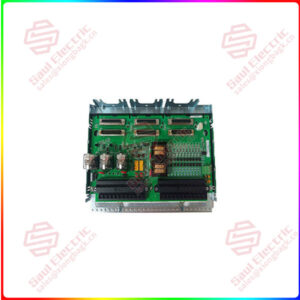Description
Overview
Essential details:1394C-SJT10-A SERCOS interface Multi-Axis system module
lf you need to inquire or purchase ,please send the product models to my email or call medirectly .
sunny He
[Email] sales@saulcontrol.com
[Mobile] 86-18059884797
[WhatsApp] 86-18059884797
[Skype] sales@saulcontrol.com
1394C-SJT10-A SERCOS interface Multi-Axis system module
The Allen-Bradley 1394C-SJT10-A is a SERCOS interface Multi-Axis system module. This module is part of the 1394 Series of motion control devices. This system module is a Series C module with enhancements including utilization of plug-in connector for input power termination; shielded bond, strain relief cable clamp; and integrated EMI filter for 24 Volts DC power and registration inputs; Smart power capability for implementing Soft-start and power monitor. This module is backward compatible with Series A and B modules. Similarly, all system module series (A, B and C) are interchangeable.
The 1394C-SJT10-A operates at an input supply voltage of 360/480 Volts AC, 3-Phase, 50/60 Hertz and input current of 13 Amperes. It delivers an output bus voltage of 530 Volts DC with an output power of 8 Kilowatts or 680 Volts DC with output power of 10 Kilowatts. It has peak power output of 28 Kilowatts, regardless of the bus voltage as well as the current output is typical for both voltages which is 15 Amperes. This system module is equipped with an optional setting. It has a built-in analog input channel that supports +/- 10 Volts DC signal.
The 1394C-SJT10-A has a capacitance of 345 µF; inductance of 750 µH and internal shunt resistor value of 200 Watts continuous, 40,000 Watts peak (two second maximum on time). Additionally, the system module has a maximum short circuit current rating of 100,000 Amperes. The 1394C-SJT10-A supports 13,000 Master/Slave electronic CAM profile points.
For installation, this system module supports panel mounting via the provided mounting holes. Minimum clearance shall be met with specific measurements of 2-inch top clearance; 0.4-inch side clearances and 3-inch clearance for depth of terminator. For bottom clearance, allow the incoming modules to maintain cable bending radius. With this, bottom clearance may vary.


 1 Year Warranty
1 Year Warranty

